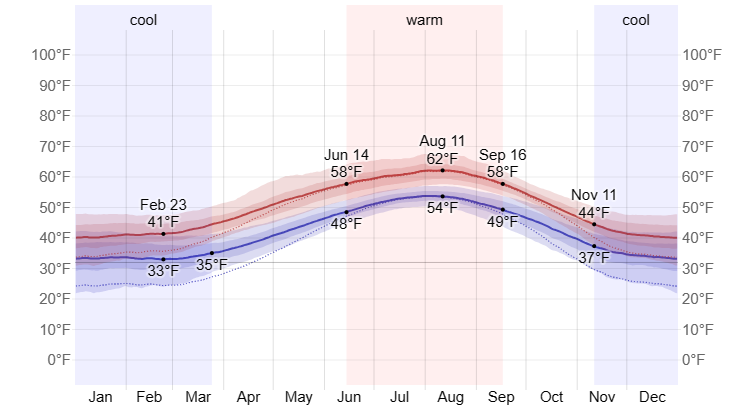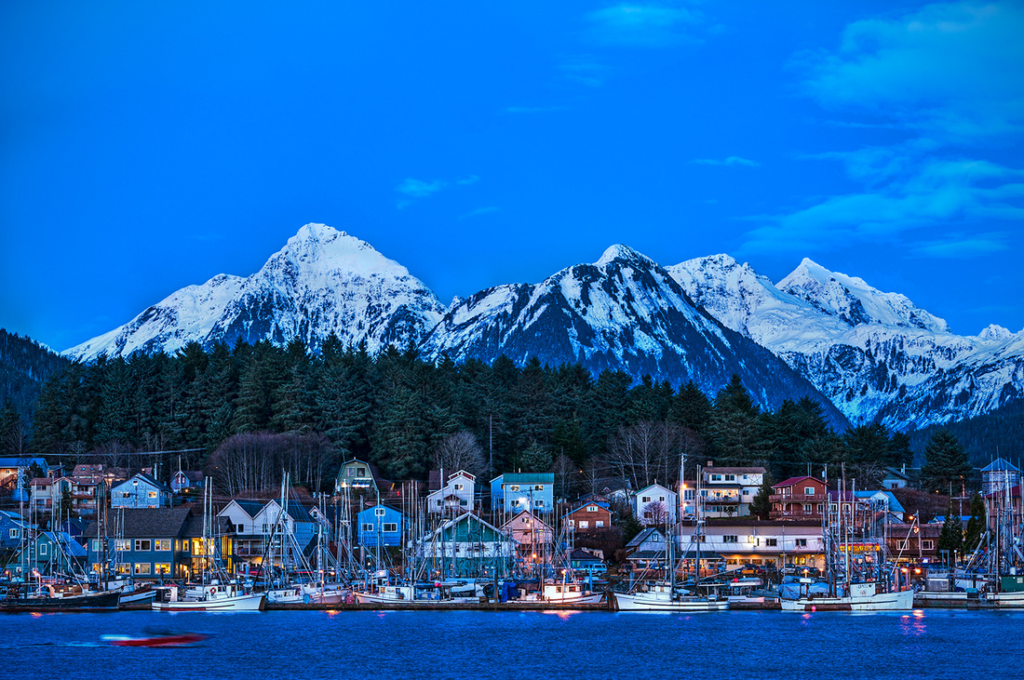Sitka Weather: Your Comprehensive Guide to the Climate of Alaska’s Hidden Gem
Sitka, Alaska, a remote and picturesque city nestled on Baranof Island, boasts a unique and dynamic climate shaped by its coastal location and stunning natural surroundings. Whether you’re a resident, a visitor, or simply curious about the weather in this hidden gem of Alaska, understanding Sitka’s climate is essential. In this article, we’ll provide you with a comprehensive guide to Sitka’s weather, seasonal changes, and what to expect when it comes to the weather in Sitka, AK.
Sitka’s Maritime Climate
Sitka enjoys a maritime climate with characteristics that make it distinct from other parts of Alaska:
- Temperature: Sitka’s climate is relatively mild, with cooler summers and warmer winters compared to interior Alaska. Summer temperatures range from the 50s to the 60s°F (10°C to 20°C), while winter temperatures typically range from the 30s to the 40s°F (0°C to 5°C).
- Precipitation: Sitka receives significant rainfall throughout the year, with the heaviest precipitation occurring in the fall and winter months. Expect wet and rainy conditions, especially from October to March.
- Fog: Sitka is known for its frequent fog, particularly during the summer months. The combination of cool ocean waters and warm air can create dense fog that blankets the area.
Average High and Low Temperature in Sitka

Seasonal Changes
1. Spring (March to May): Spring in Sitka is a time of awakening. As the snow recedes, vibrant foliage begins to emerge, and temperatures slowly rise. It’s a great time for wildlife viewing and exploring the lush rainforests.
2. Summer (June to August): Summer in Sitka brings longer daylight hours and milder temperatures. This is the prime season for outdoor activities, including hiking, kayaking, and fishing. However, be prepared for occasional rain showers.
3. Autumn (September to November): Fall in Sitka is characterized by changing foliage and a decrease in daylight hours. It’s an excellent time for birdwatching as migratory birds pass through the area. Rainfall increases as the season progresses.
4. Winter (December to February): Winter in Sitka is relatively mild, with temperatures rarely dropping below freezing. Snowfall is infrequent but can occur. This season is ideal for exploring Sitka’s cultural attractions and enjoying the serene coastal beauty.

Precipitation and Storms
Sitka’s location on the Gulf of Alaska makes it susceptible to storms and heavy precipitation, especially during the fall and winter months. Strong winds, high waves, and heavy rain are not uncommon. Residents and visitors should stay informed about weather conditions and potential storm alerts.
Planning Your Visit
When planning a trip to Sitka, it’s essential to be prepared for the unique climate. Bring layers, waterproof clothing, and rain gear to stay comfortable during rainy spells. While the weather can be unpredictable, Sitka’s natural beauty, rich cultural heritage, and outdoor adventures are well worth the visit.
In conclusion, Sitka, Alaska, offers a climate unlike any other in the state. From the cool and rainy summers to the mild and foggy winters, Sitka’s maritime climate provides a captivating backdrop for exploring the rugged wilderness and experiencing the unique culture of this coastal Alaskan gem.
